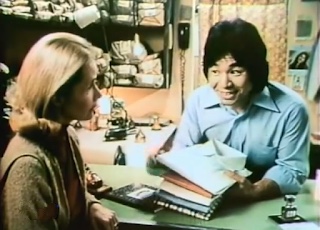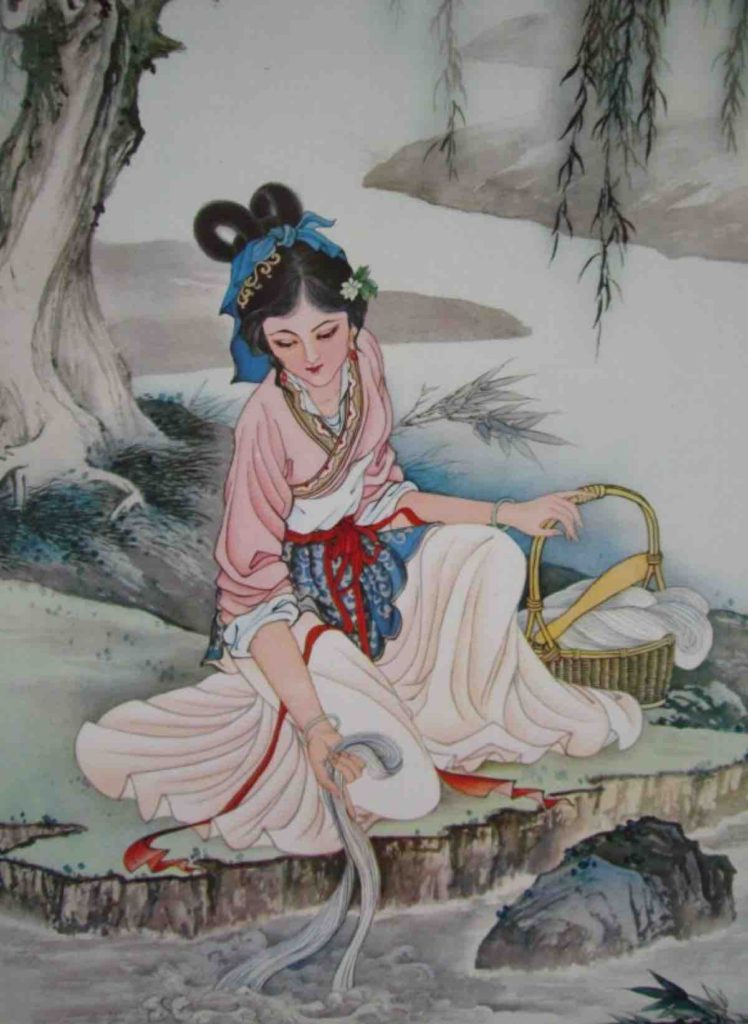
Like sands through the hourglass of time, Calgon ancient Chinese secret commercial is a memory that many Americans over the age of 40 will never forget. In the 1970s, you couldn’t avoid watching a Calgon commercial after you turned on the TV. We have to admit that Calgon is a very classic case of advertisement.
When the Calgon is cloaked in a mysterious oriental coat, someone may lose the curiosity to explore the history of ancient China’s laundry. In fact, there is no Calgon, and the detergent used by the ancient Orientals to wash their clothes is definitely not a secret commercial.
Calgon is a product of the modern chemical industry and having it your shirt will be washed even cleaner. However, the Chinese had mastered the way of washing their clothes clean with something like Calgon as early as the Pre-Qin Period.
Thousands of years ago, they discovered that plant ash could be used to clean clothes. Analyzing the chemical composition of the plant ash, the potassium carbonate it contains is the key chemical for stain removal. Such a discovery is recorded in the Book of Rites.
Besides that, the ancient Chinese made a detergent similar to washing powder by mixing plant ash with shell powder. When this mixed powder comes into contact with water, it produces potassium hydroxide, which allows dirty clothes to be effectively washed. You can find records about it in Kao Gong Ji.
Ming Dynasty Facts About Laundry
With the turnover of dynasties, new progress was being made in the detergents used by the ancient Chinese. People who lived in the Han Dynasty had discovered that natural alkali could act as a detergent.
In the Jin Dynasty, the natural alkali was renovated and upgraded. people added starch and spices to the natural alkali and made this detergent into lump-like goods for sale.
After the establishment of the Ming Dynasty by Zhu Yuanzhang, the people gradually lived a relatively happy life with the stability of the dynasty order.
According to Li Shizhen’s Compendium of Materia Medica, a more advanced form of artificial alkali was already used in the Ming Laundry instead of Calgon.
The supply of detergents in the Ming Dynasty showed a trend towards commercialization due to the surge in consumer demand from the general population. In order to make more profit, merchants began to organize their workers to produce artificial alkali on a large scale.
In the late Ming Dynasty, there were existed stores specializing in the sale of artificial alkali in the capital of the Ming. The more well-known stores were He Xiang Lou, Hua Han Chong, which were specialized in the sale of artificial detergents.

In fact, the detergents used by the Ming were very similar to today’s soaps. Although the stain removal is a little weaker, the shape and smell are both very similar to the soap.
Furthermore, the Ming laundry could be divided into government-run laundry institutions and private laundry services.
In the Ming imperial palace, there existed a body called the Raccoon Clothes Bureau, which was responsible for washing the clothes of nobles. This institution was run by eunuchs and the people responsible for washing clothes were overwhelmingly ordinary palace maids.
On the other hand, the Ming folk laundry is mainly characterized by poor people selling their time and physical strength to wash clothes for the rich.
It is similar to the finding that nearly 30 percent of working Chinese in the United States in 1920 was working in laundries.
In Conclusion
It has to be said that the job of laundryman was a heavy physical job both in the United States and in the Ming Dynasty before the washing machine was born.
Compared to the technological backwardness of the Ming, we now have countless types of advanced detergents like Calgon.
But it should not be the basis for our ridicule of ancient China. Instead, we need to learn to place history in the context of a specific social context for analysis.




